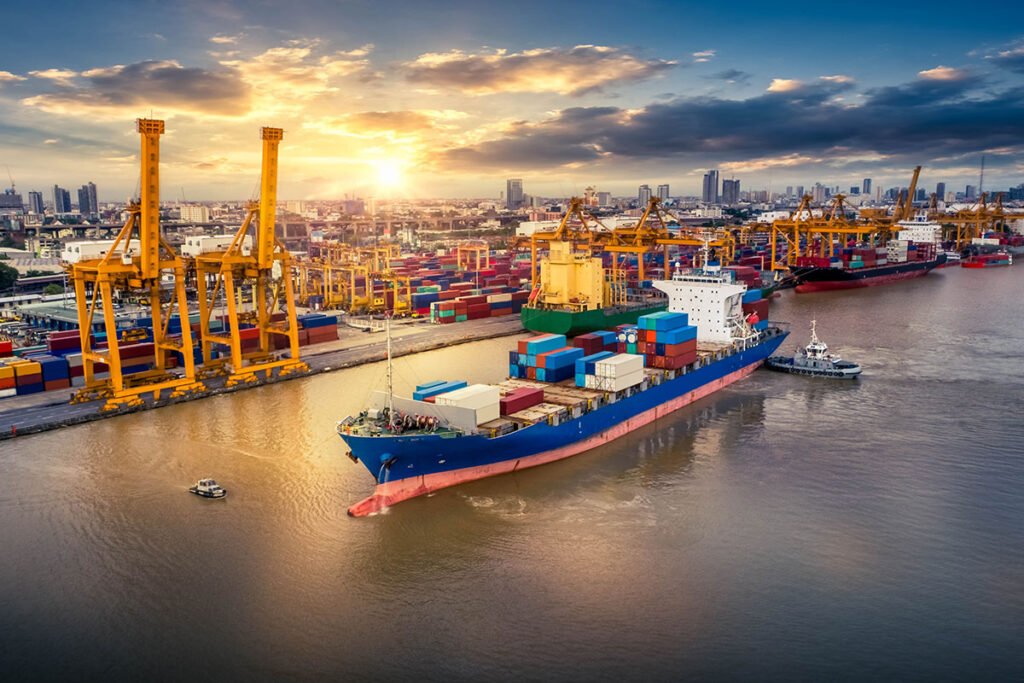The Merchant Navy has long been a magnet for ambitious professionals seeking high salaries and global exposure. But as we approach 2030, the financial outlook for seafarers is no longer shaped by rank and experience alone. Today, salaries are influenced by global economic trends, USD exchange rates, inflation, automation, and the evolving nature of international shipping. This blog explores how much a seafarer can expect to earn after five years in the industry—and what lies ahead over the next five.
The 5-Year Salary Landscape: Where Seafarers Stand in 2025
For cadets who joined the Merchant Navy in 2020, 2025 is a crucial milestone. Most would have progressed to the rank of 3rd Officer or 4th Engineer, while some might even have advanced to 2nd Officer or 3rd Engineer roles, depending on promotion speed and company structure. Typical salaries for professionals at this stage range from $1,800 to $4,500 per month, depending on the vessel type and company tier. In Indian currency, this translates to ₹1.5–₹3.7 lakh per month, heavily influenced by current USD/INR exchange rates.
Why Merchant Navy Salaries Remain Surprisingly Stable
Despite growing demand for global trade and rising inflation, the core salary structure in the Merchant Navy has barely changed over the last decade. Shipping companies operate with tight cost margins and long-term contracts, leaving little room for frequent wage adjustments. Additionally, an oversupply of junior officers globally contributes to wage stagnation, particularly at entry and mid-level ranks.
Currency Value: The Invisible Influencer of Real Earnings
Since most shipping salaries are paid in USD, the real value of a seafarer’s income depends on foreign exchange rates. For Indian or Filipino officers, a strong dollar increases the local value of their income, while a weakening dollar can offset even a promotion-related salary hike. For instance, an Indian officer earning $3,000 per month benefits more when the USD trades at ₹85 than at ₹75. However, inflation in the home country can erode these gains, making currency tracking essential for financial planning.
Automation: Threat or Opportunity for Seafarer Salaries?
The maritime industry is undergoing a technological revolution. From autonomous navigation systems to AI-based diagnostics in engine rooms, automation is reshaping roles on board. Entry-level positions may decline in demand, reducing salary growth for cadets and juniors. However, officers trained in smart ship systems, cybersecurity, and sustainable operations may command premium wages in the near future. Seafarers who stay ahead of the tech curve will likely be better compensated than those who rely solely on traditional navigation or engineering skills.
How Global Trade and Geopolitics Affect Salaries
Seafarer salaries don’t exist in a vacuum—they’re tied to the pulse of global trade. Economic slowdowns, conflicts, or changes in trade routes can reduce shipping volumes, leading to hiring freezes or wage stagnation. On the other hand, a global trade boom, such as a rise in demand for LNG or renewable energy cargo, can create high-paying opportunities, especially for officers aboard specialised vessels.
Looking Ahead: What Salaries Might Look Like in 2030
By 2030, Merchant Navy salaries are expected to reflect a dual reality. Core roles like 2nd Officers or 3rd Engineers may still earn around $3,000–$4,500/month. Senior officers could see figures ranging from $7,000 to $12,000 or more. However, real growth is likely to occur in tech-specialized roles—officers skilled in automation systems, green fuels, or advanced diagnostics could command salaries well above industry averages.
Read More Blog: DIPLOMA IN NAUTICAL SCIENCE: ROADMAP SERIES
Final Thoughts: The Future is for the Adaptable
The Merchant Navy will continue to offer financial stability for those who stay the course. But to truly grow their income, seafarers must adapt—whether it’s learning new technologies, switching to high-paying vessel types, or staying informed about global currency trends. The next five years aren’t just about promotion—they’re about preparation for a maritime world that’s rapidly evolving.




